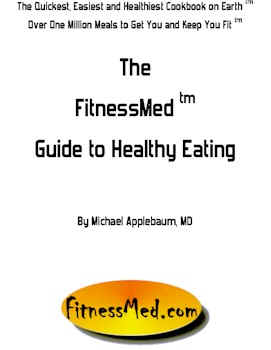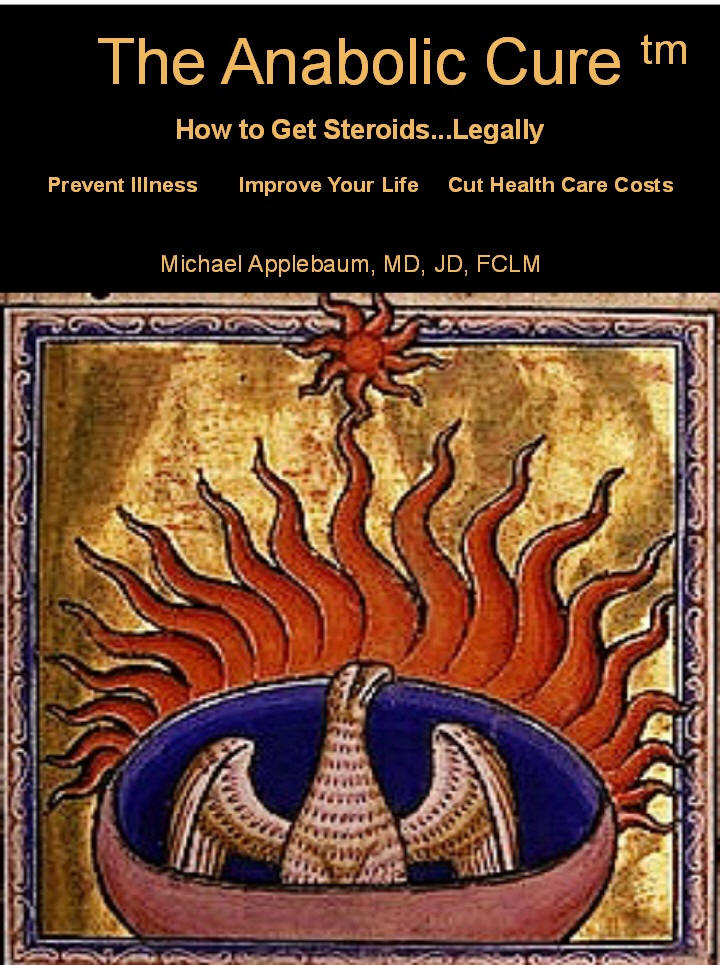"Both household food insecurity (HFInsec) and childhood overweight are significant problems in the United States. Paradoxically, being food-insecure may be an underlying contributor to being overweight. A study of almost 8,500 low-income children ages 1 month to 5 years, published in the October 2009 issue of the Journal of the American Dietetic Association, suggests an association between household food insecurity and overweight prevalence in this low-income population...And the punchline is..."lack of access to enough food" causes overweight.
Food insecurity is defined as the lack of access to enough food for an active, healthy life, which results from limited or uncertain access to nutritionally adequate and safe foods in socially acceptable ways. In 2004, 11% of households in the United States reported household food insecurity, and households with children younger than 6 years old and black and Hispanic households experienced higher rates of household food insecurity and hunger. Prevalence of household food insecurity and overweight has increased over time and are more prevalent in low-income families."
Maybe, this will help explain it:
"What does it mean to be “poor” in America? For the average reader, the word poverty implies significant physical hardship — for example, the lack of a warm, adequate home, nutritious food, or reasonable clothing for one’s children. By that measure, very few of the 30 million plus individuals defined as “living in poverty” by the government are actually poor. Real hardship does occur, but it is limited in scope and severity.Maybe not.
The average person identified as “poor” by the government has a living standard far higher than the public imagines. According to the government’s own surveys, the typical “poor” American has cable or satellite TV, two color TVs, and a DVD player or VCR. He has air conditioning, a car, a microwave, a refrig erator, a stove, and a clothes washer and dryer. He is able to obtain medical care when needed. His home is in good repair and is not overcrowded. By his own report, his family is not hungry, and he had sufficient funds in the past year to meet his family’s essential needs. While this individual’s life is not affluent, it is far from the images of dire poverty conveyed by liberal activists and politicians.
Various government reports contain the following facts about persons defined as “poor” by the Census Bureau:
Nearly 40 percent of all poor households actu ally own their own homes. On average, this is a three-bedroom house with one-and-a-half baths, a garage, and a porch or patio.
Eighty-four percent of poor households have air conditioning. By contrast, in 1970, only 36 percent of the entire U.S. population enjoyed air conditioning.
Nearly two-thirds of the poor have cable or satellite TV.
Only 6 percent of poor households are over crowded; two-thirds have more than two rooms per person.
The typical poor American has as much or more living space than the average individual living in most European countries. (These comparisons are to the average citizens in foreign countries, not to those classified as poor.)
Nearly three-quarters of poor households own a car; 31 percent own two or more cars.
Ninety-eight percent of poor households have a color television; two-thirds own two or more color televisions.
Eighty-two percent own microwave ovens; 67 percent have a DVD player; 73 percent have a VCR; 47 percent have a computer.
The average intake of protein, vitamins, and minerals by poor children is indistinguishable from that of children in the upper middle class. Poor boys today at ages 18 and 19 are actually taller and heavier than middle-class boys of similar age were in the late 1950s. They are a full inch taller and ten pounds heavier than the GIs who stormed the beaches of Normandy during World War II.
Conventional accounts of poverty not only exaggerate hardship, they also underestimate government spending on the poor. In 2008, federal and state governments spent $714 billion (or 5 percent of the total economy) on means-tested welfare aid, providing cash, food, housing, medical care, and targeted social services to poor and low-income Americans. (This sum does not include Social Security or Medicare.) If converted into cash, this aid would be nearly four times the amount needed to eliminate poverty in the U.S. by raising the incomes of all poor households above the federal poverty levels."








No comments:
Post a Comment